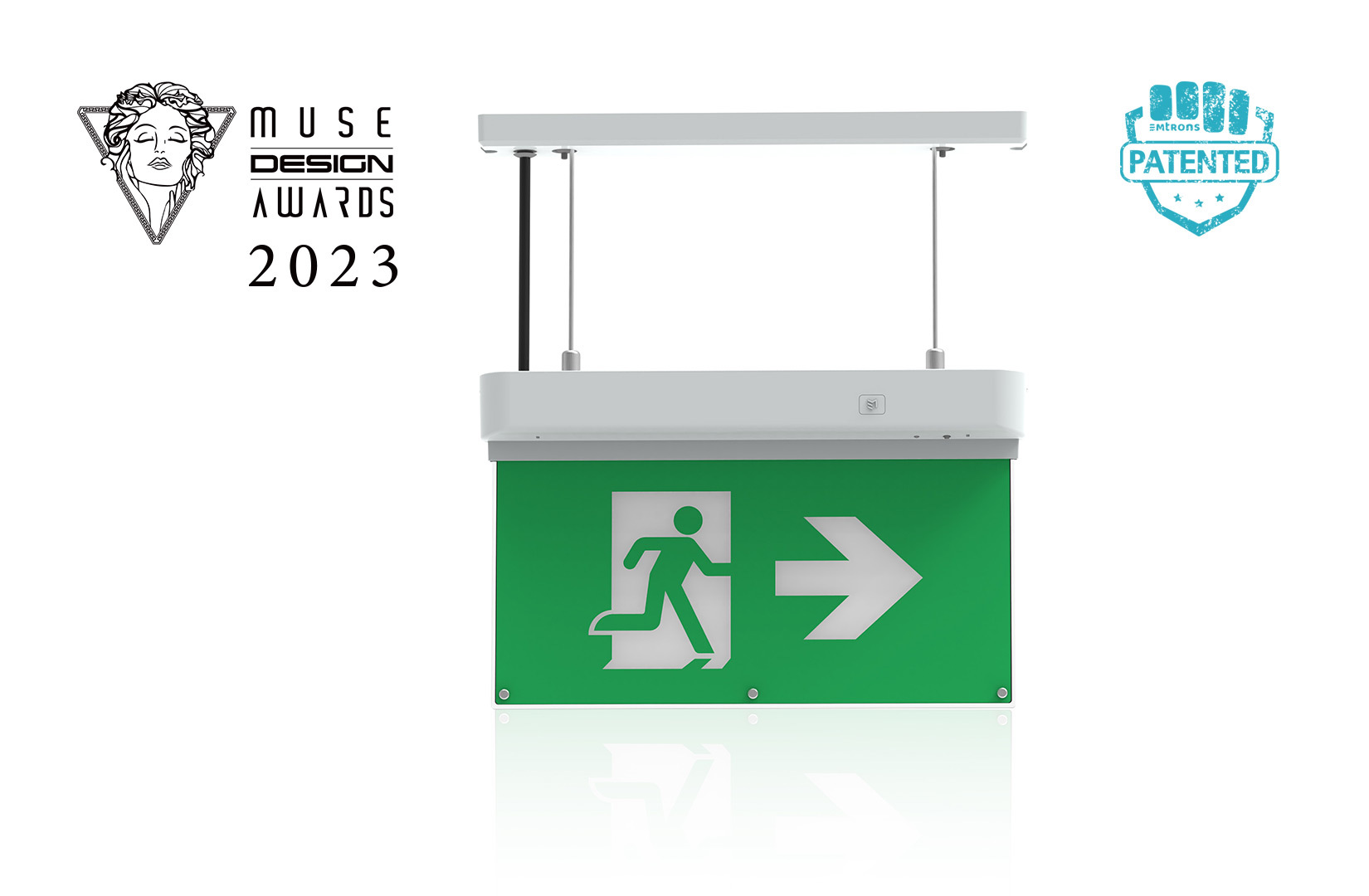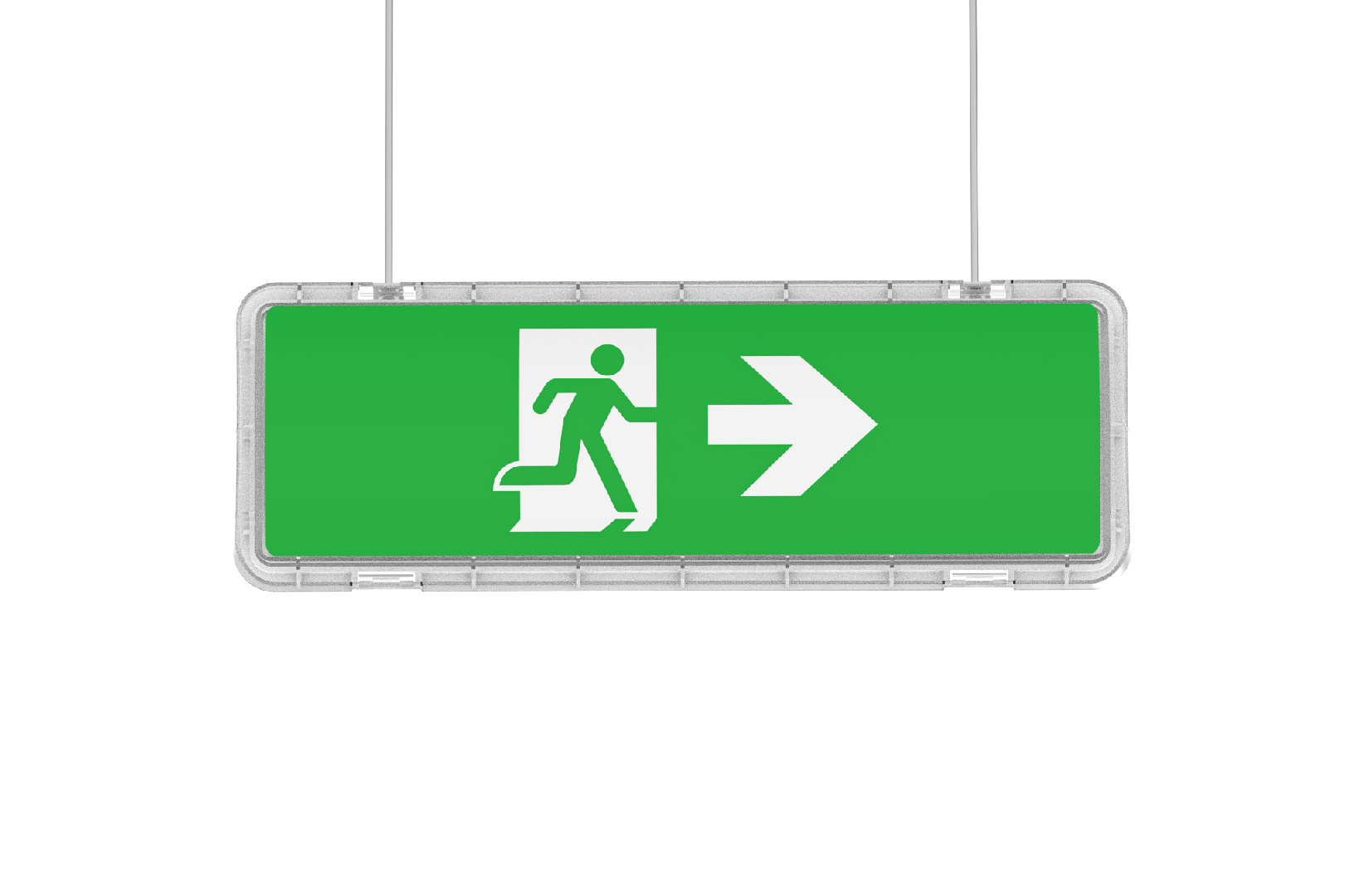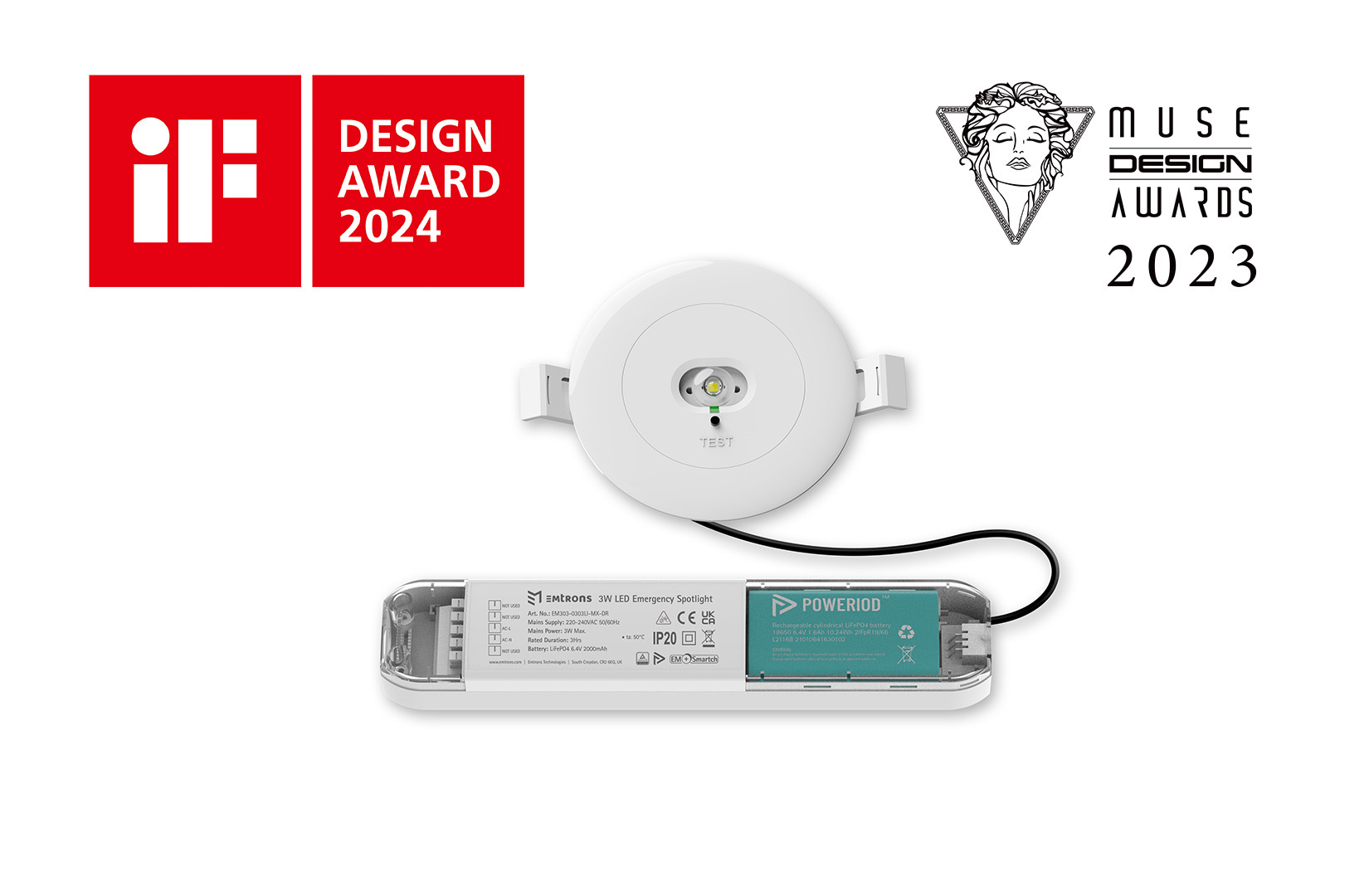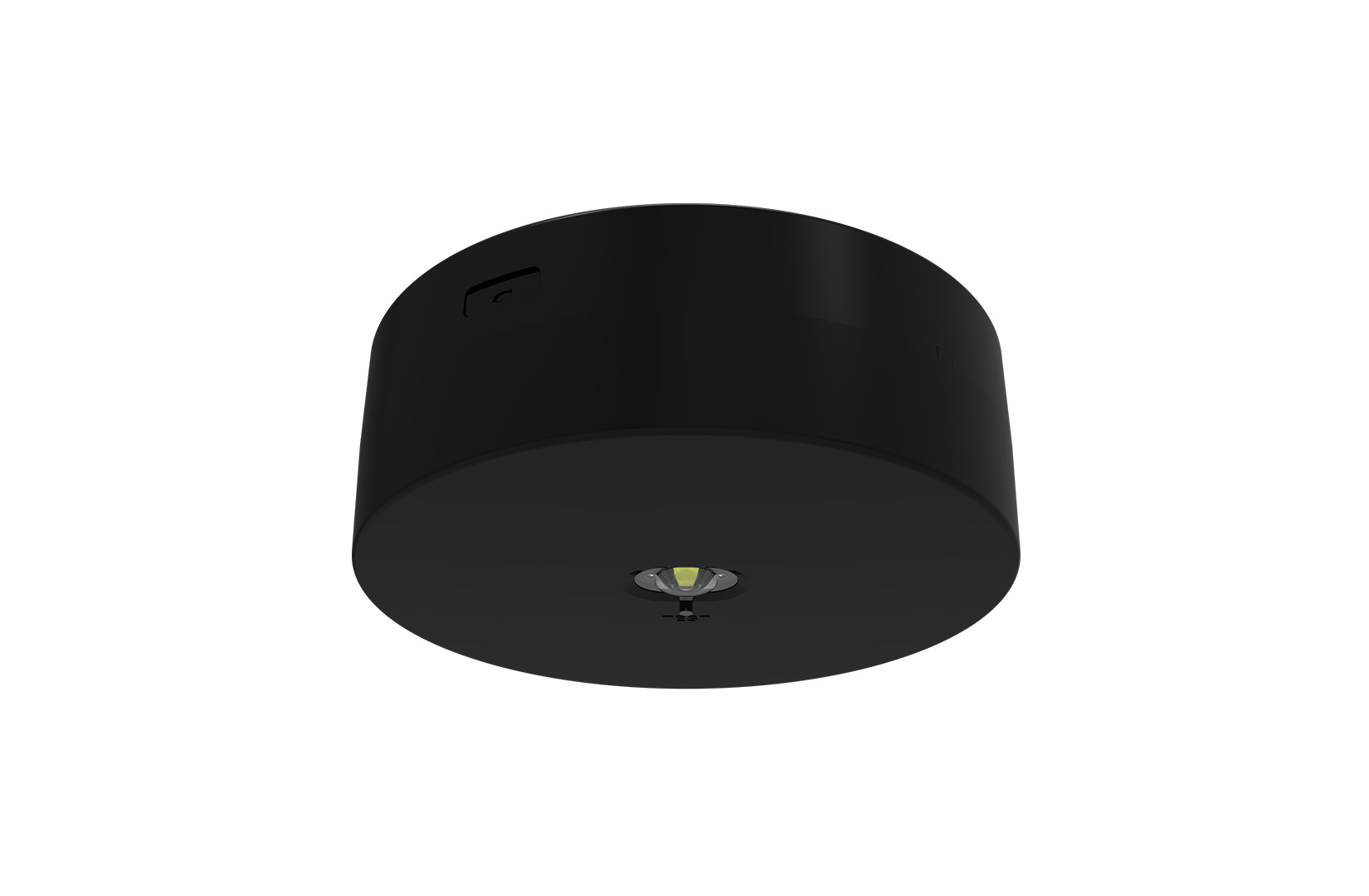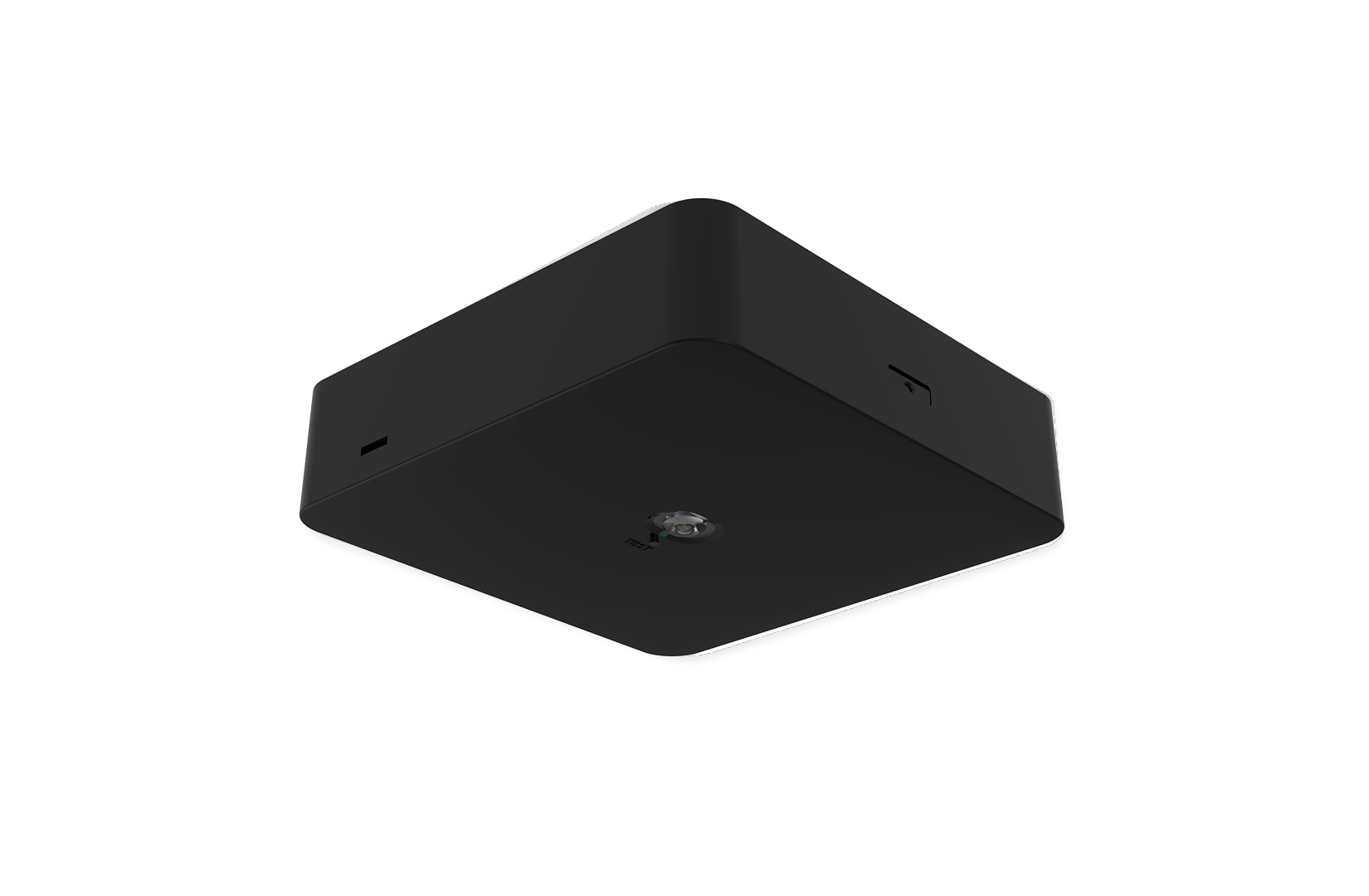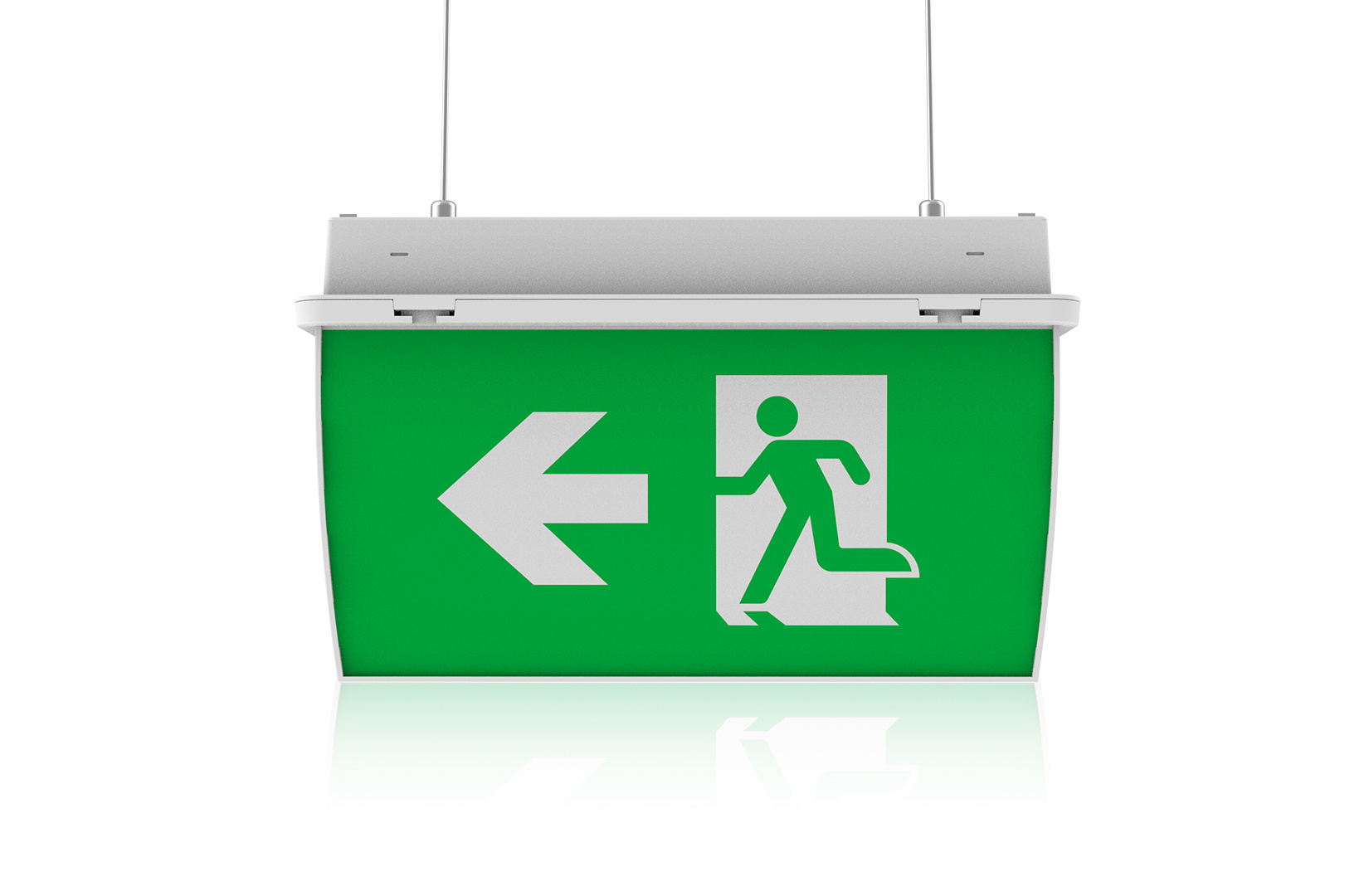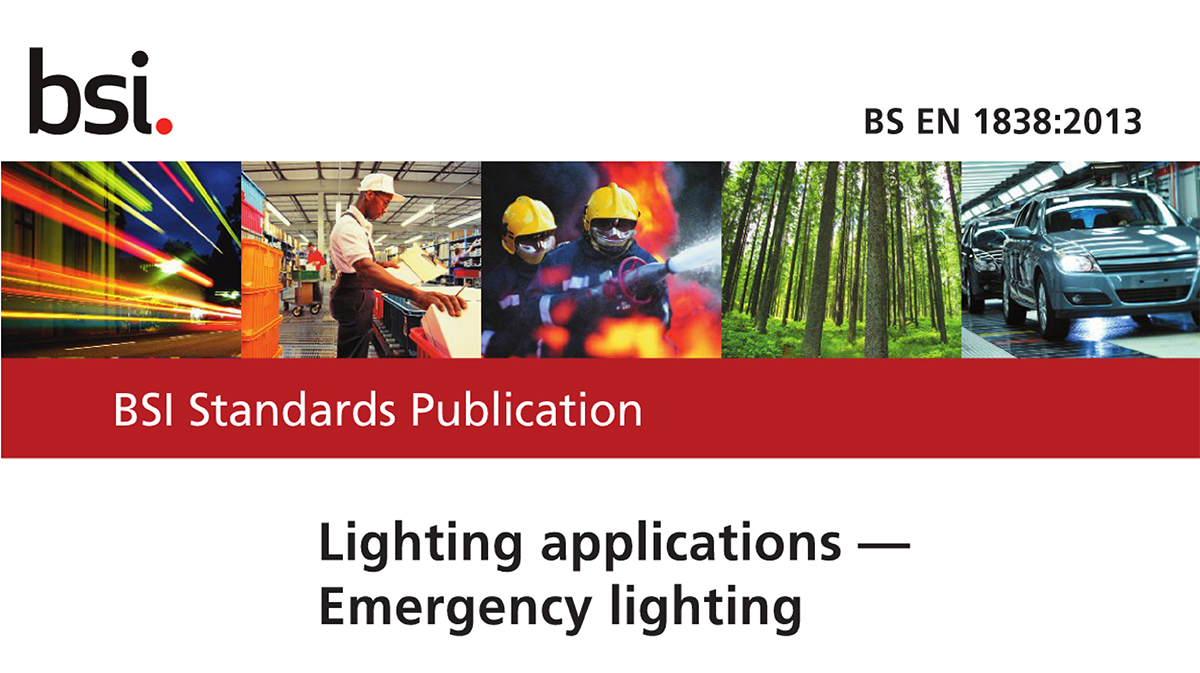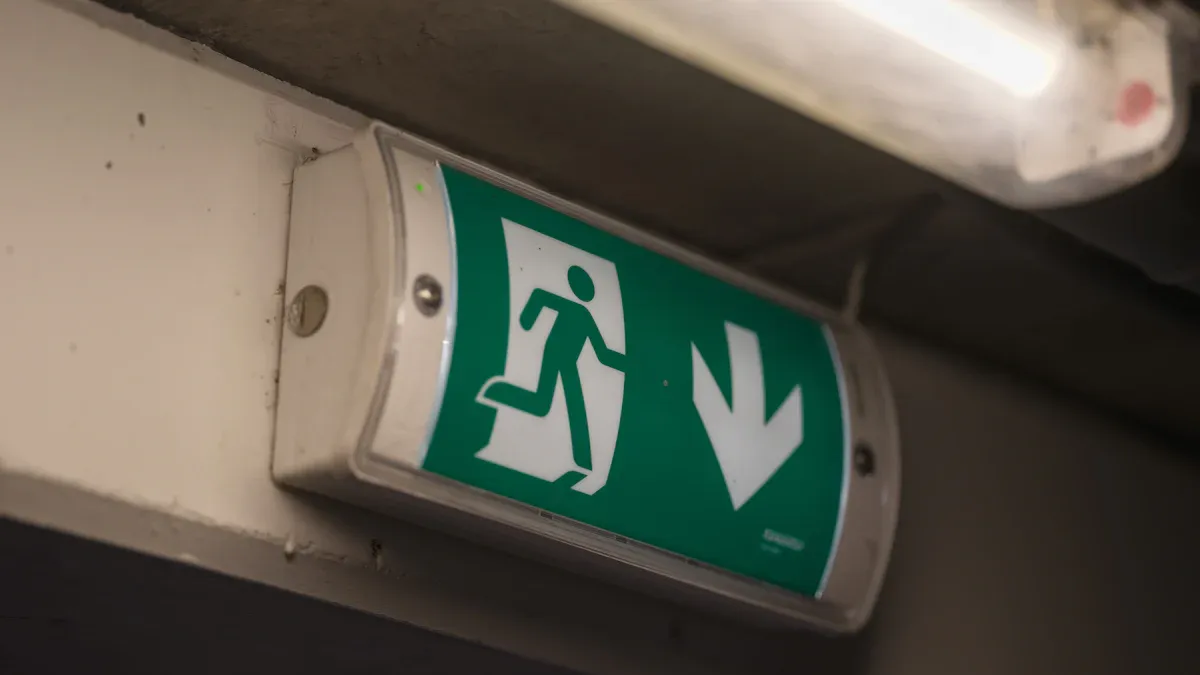Latest News
Emergency light color standards and international norms
Release time:2025-05-26 11:09
Emergency light colour rules are crucial for saving lives. They assist individuals in quickly identifying safe routes, danger zones, or exits. Standardising emergency light colour regulations ensures they are universally understood, whether in buildings, public spaces, or vehicles. Non-compliance with these rules can lead to confusion, delayed responses, or legal complications. Adhering to these guidelines enhances safety and mitigates risks that could endanger lives.
Key Takeaways
- Emergency light colours help people find safety during emergencies. Knowing these colours can save lives by showing exits and dangers.
- Using the same emergency light colours everywhere reduces confusion. This makes things safer and easier to understand in crises.
- Checking and fixing emergency lights often is very important. Following rules like BS EN 50172:2004 ensures they work when needed.
- Using energy efficient lights such as LEDs and DALI 2.0 systems saves money. These new ideas make things safer and help protect the environment as well.
- Knowing local and global rules is important to follow the law. This helps groups stay safe and avoid breaking any rules.
Overview of Emergency Light Colour Standards

Purpose and significance of emergency light colours
Emergency light colours are important for helping people in emergencies. These colours show exits, safe places, or areas to avoid. For example, green Emergency lights mean escape routes, and red lights warn of danger. This clear system helps you act fast when time is critical.
These colours are not just about safety. They also keep things consistent in buildings, vehicles, and public spaces. Seeing the same colour codes everywhere reduces confusion. It helps you react quickly, especially in stressful situations where clarity saves lives.
Enhancing safety and communication through standardised colours
Using the same emergency light colours everywhere makes things safer. Imagine being in a strange building during an emergency. Standard colours help you understand what to do quickly. For example, blue lights might show emergency services, and amber lights warn of danger.
These colours also improve teamwork during emergencies. When everyone knows what the colours mean, it’s easier to work together. This shared knowledge reduces panic and helps evacuations go smoothly. Standard colours make it easier to trust the system to guide you.
The role of global standardisation in emergency lighting
Global rules ensure emergency light colours are the same everywhere. This is helpful for travellers, businesses, and organisations. If you work on international projects, these rules help you follow safety standards.
Global rules also make it easier to create and sell emergency lights. Companies can make products that work in many countries. For you, this means reliable safety tools that follow global rules. These standards help make the world safer and more connected.
Key International Standards
EN 1838: European Standard for Emergency Lighting
EN 1838 is a key rule for emergency lights in Europe. It sets the lowest brightness needed during emergencies. This ensures escape paths are clear and panic areas are lit. Following EN 1838 makes sure lights work well when most needed.
The rule also explains how lights should behave in emergencies. For example, it shows how lights guide people to exits or away from danger. Whether you’re building or managing spaces, EN 1838 gives clear safety rules to follow.
ISO 30061: International Standard for Emergency Escape Lighting
ISO 30061 is a worldwide rule for emergency escape lights. It ensures lights help people leave safely during emergencies. If you work on global projects, this rule helps meet safety needs everywhere.
ISO 30061 highlights the need for good visibility in emergencies. It ensures escape paths, stairs, and open areas are well-lit. By following this rule, you help keep people safe no matter where the building is.
NFPA 101: US Life Safety Code
NFPA 101, called the Life Safety Code, is used in the US. It gives detailed rules for emergency lights in buildings and public places. This code focuses on keeping people safe by lighting paths during evacuations.
NFPA 101 explains where to place lights and how bright they should be. It also includes rules for keeping lights working properly. If you work in the US, following NFPA 101 helps meet laws and protect lives.
Three demanding standards certify Emtronsled emergency lights products and have been awarded the TUV mark, ENEC 18 European certification and UKCA certification, providing customers around the world with reliable solutions for cross-regional compliance.
SAE J845: Rules for Emergency Vehicle Lights
SAE J845 gives rules for emergency vehicle lights in many places. These rules make sure the lights are bright and work well. They are important for vehicles like ambulances, fire trucks, and police cars.
The rules explain how lights should look and work. For example, police cars use red and blue lights. Amber lights are for construction or repair vehicles. These colours help people know what type of vehicle is coming.
SAE J845 also focuses on making lights strong and long-lasting. The lights must handle bad weather, shaking, and long use. This ensures they work well in emergencies. If you design or fix emergency vehicles, following SAE J845 keeps lights safe and reliable.
ECE R65: EU Rules for Warning and Emergency Lights
ECE R65 is the EU rule for warning and emergency lights. It makes sure these lights are bright, clear, and work properly. If you work in Europe, this rule is key for safety and following the law.
ECE R65 says lights must be bright enough to see from far away. It also requires specific colours so people can recognise them easily. The lights must also be tough and work in hard conditions.
LED emergency lights have changed the market a lot. Now, over 78% of emergency lights use LEDs. LEDs save energy and work better. Adaptive lights are also popular. These lights change based on the situation. Since 2022, new emergency vehicles in Germany and France must have adaptive lights.
Regional Variations
Emergency light colour rules in the European Union
The European Union has rules for emergency light colours. These rules aim to make lights safe and easy to see. They also help people, including those with vision problems, recognise them quickly.
Ambulances must use blue lights, as per CEN 1789 rules. These lights need to be seen from all sides of the vehicle. Ambulances also have yellow bodies to stand out in different lighting. Yellow is chosen because it helps colour-blind people see them better.
Rule | Colour Needed | Visibility Details |
CEN 1789 | Blue lights for ambulances | Must be seen from every angle around the vehicle |
CEN 1789 | Yellow body colour | Helps visibility in all lighting, including for colour-blind people |
These rules show the EU's focus on safety and accessibility. Following them ensures compliance and keeps everyone safer.
Differences in the United States' rules
Emergency light colour rules in the United States are different from the EU. The NFPA and SAE set the guidelines for emergency lights in the US.
Police cars, fire trucks, and ambulances use red and blue lights. Red means urgency, while blue shows law enforcement presence. Amber lights are used for construction vehicles to warn of dangers.
The US does not require all emergency lights to have the same visibility rules. Instead, each vehicle type has its own needs. For example, SAE J845 focuses on making lights tough and reliable. This ensures they work well in bad conditions.
Knowing these differences is important for global projects. Following local rules helps meet safety needs and legal requirements.
Rules and practices in Asia
Asia has many different rules for emergency light colours. Countries like Japan, China, and India follow their own systems. Some of these are based on international rules like ISO 30061.
Japan uses red and blue lights, like the US. Their rules control where lights go and how bright they are. This ensures they work well in cities and countryside areas. China also uses red and blue but adds green for certain services.
India keeps its rules simple and affordable. Red lights are common, with some use of blue and amber lights. These rules aim to balance safety with low costs for wider use.
Making all these rules the same is hard due to cultural and economic differences. But knowing them helps you follow local laws and adapt to different needs.
Emerging Trends
Advances in LED and DALI 2.0 Lighting Technology
Emergency lights are improving with LED and DALI 2.0 systems. LEDs use less power than old bulbs. They last longer, so you don’t replace them often. This saves energy and money.
DALI 2.0 lights make safety even better. They connect to the Internet of Things (IoT). You can control and check them from far away. This helps fix problems quickly during emergencies. Cloud storage makes testing easier without needing to inspect lights in person.
Modern lights can check themselves for problems. They send alerts if something is wrong. Smart sensors adjust brightness based on how bright the room is. This saves energy and improves visibility.
Here’s why these new lights are great:
- IoT lets you control lights remotely.
- Cloud storage makes testing simple and fast.
- Alerts for problems improve safety and efficiency.
- LEDs save energy and lower costs.
- Brightness adjusts to save power when not needed.
- These new technologies make emergency lights safer and cheaper. They are important for modern safety systems.
Updates in international and regional regulations
New rules help keep emergency lights working well. British Standards BS EN 50172:2004 now require tests twice a year. These tests check if lights and signs work properly.
BS EN 1838:2013 sets brightness levels for emergencies. Escape routes need 1 Lux, and open areas need 0.5 Lux. These rules make sure people can see clearly to stay safe.
Worldwide, UL 924 has new rules too. It includes better battery standards and faster emergency power switches. It also explains how Power over Ethernet (PoE) works in emergency systems.
These updates show why testing and brightness rules matter. Following them keeps lights safe and ready for emergencies.
Here are a few of our DALI 2.0 emergency lights
Sustainability in emergency lighting systems
Making emergency lights eco-friendly is now very important. LEDs use less energy and last longer. This reduces waste and saves power.
Smart lights help by using energy only when needed. They adjust brightness to save power. This lowers costs and helps the environment.
Recycling is also becoming popular. Companies now use materials that can be reused. This reduces waste and supports a greener planet.
Here’s how emergency lights are becoming eco-friendly:
- LEDs use less energy and last longer.
- Smart sensors save power by adjusting brightness.
- Recyclable materials reduce waste and help the planet.
- Using these eco-friendly ideas saves money and helps the Earth. Sustainable emergency lights are important for a better future.
Emtrons develops global solutions for emergency lighting, contact us with further questions.
FAQ
Why do countries use different emergency light colours?
Countries pick colours based on culture, money, and local rules. For example, red shows urgency in the US, but green marks escape routes in Europe. Knowing these differences helps you follow local laws.
How can you follow emergency lighting rules?
You can follow rules by checking lights often and keeping records. Test lights twice a year, as BS EN 50172:2004 says. This ensures they work well during emergencies.
More News
2025.11.01



